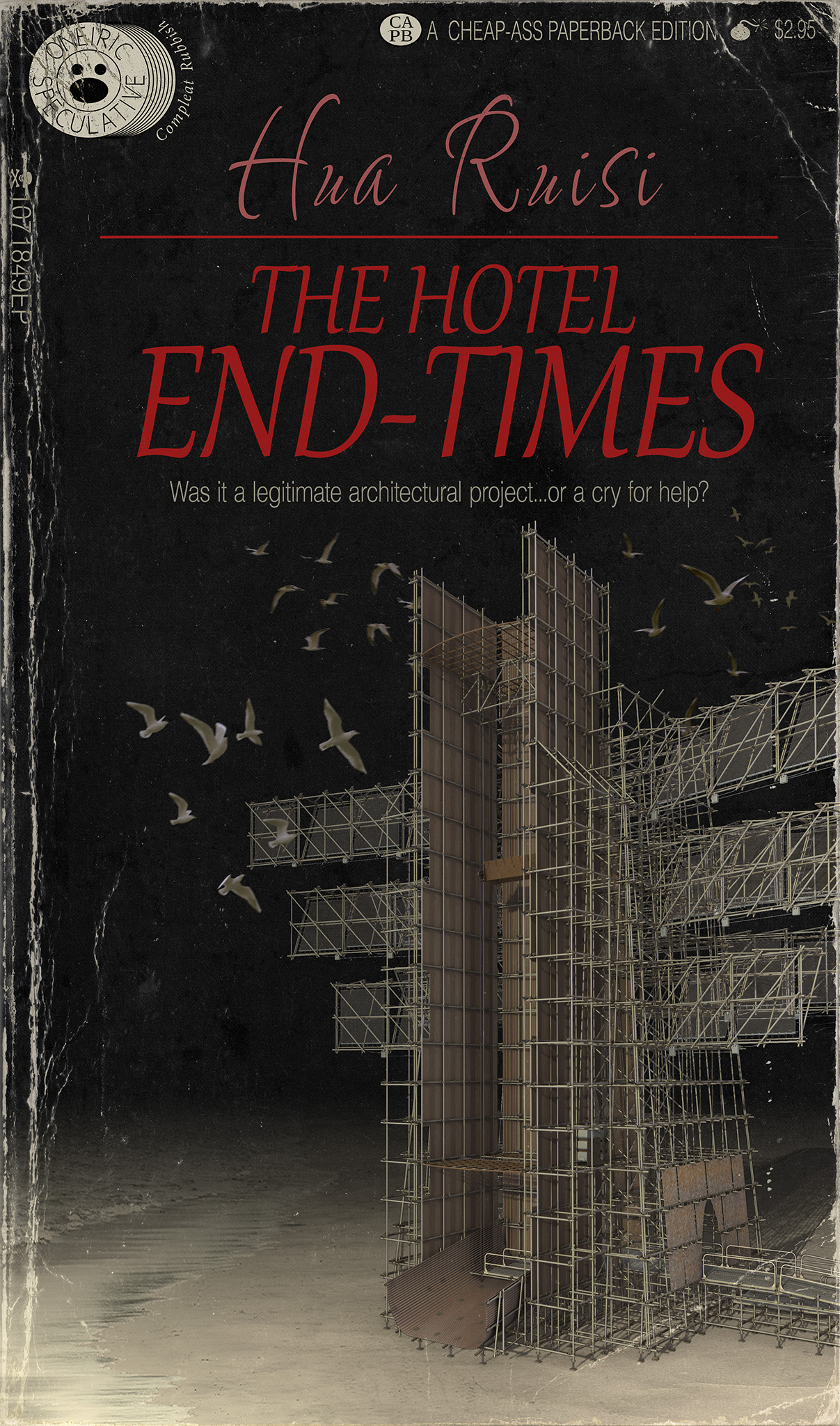
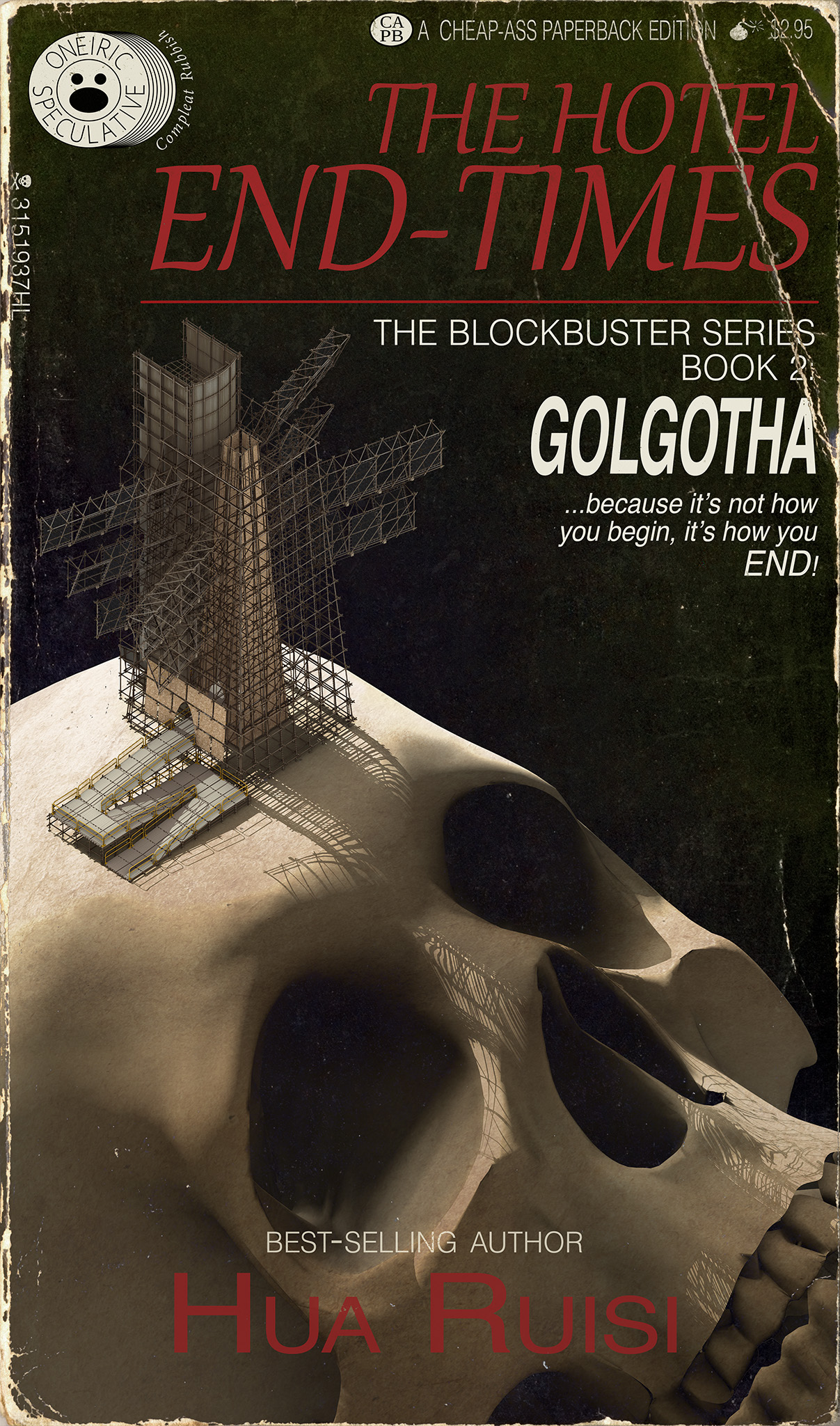
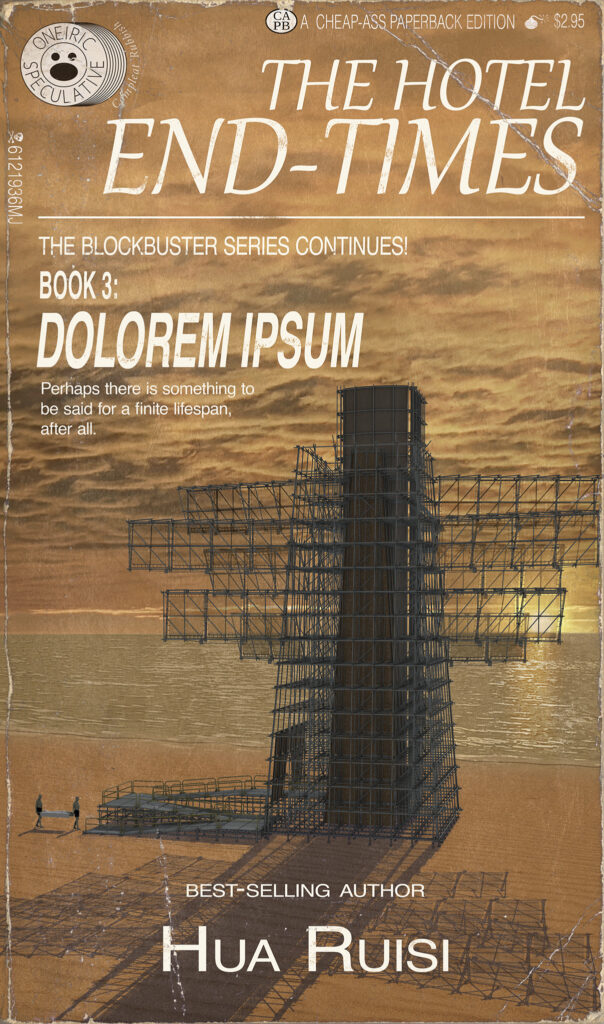
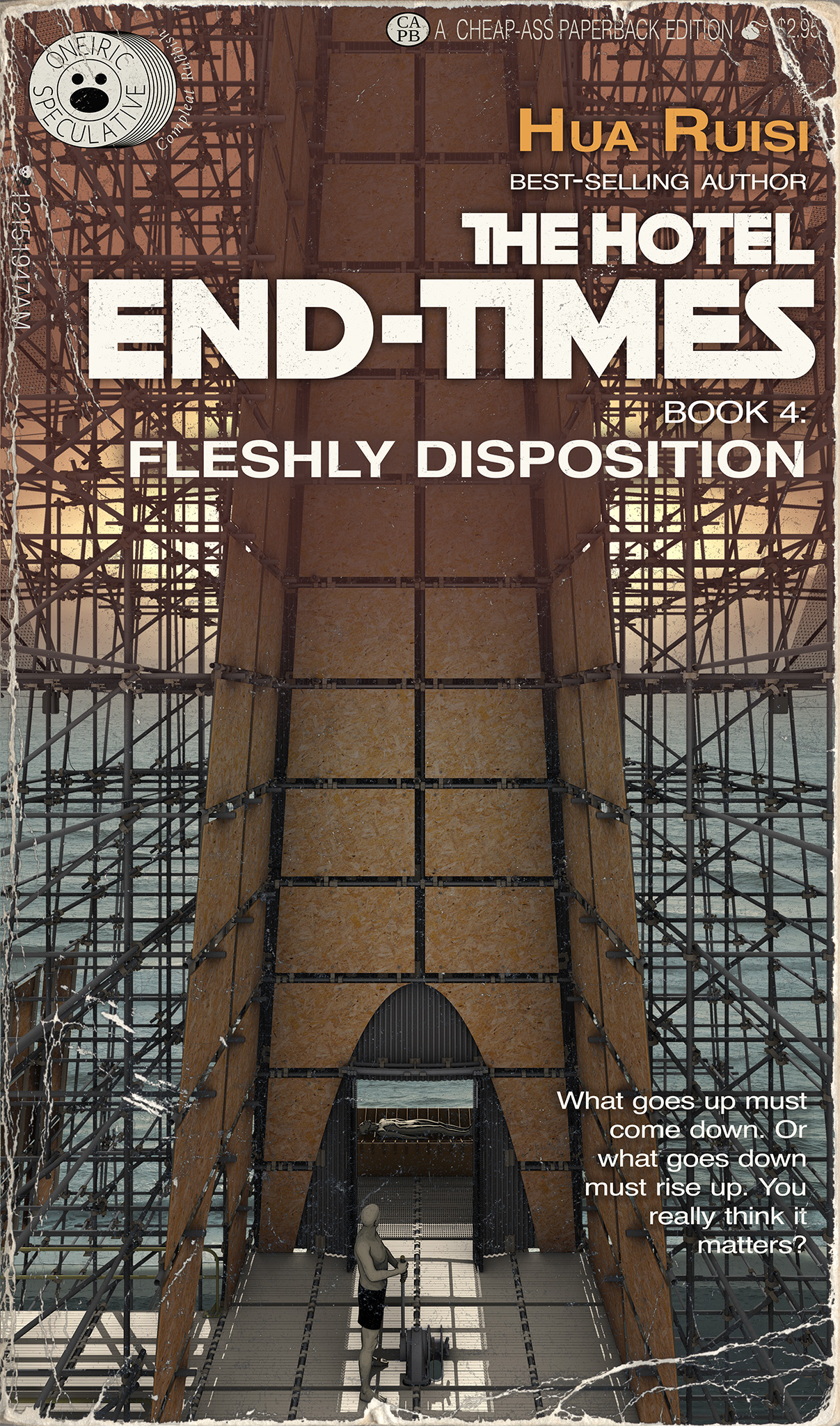
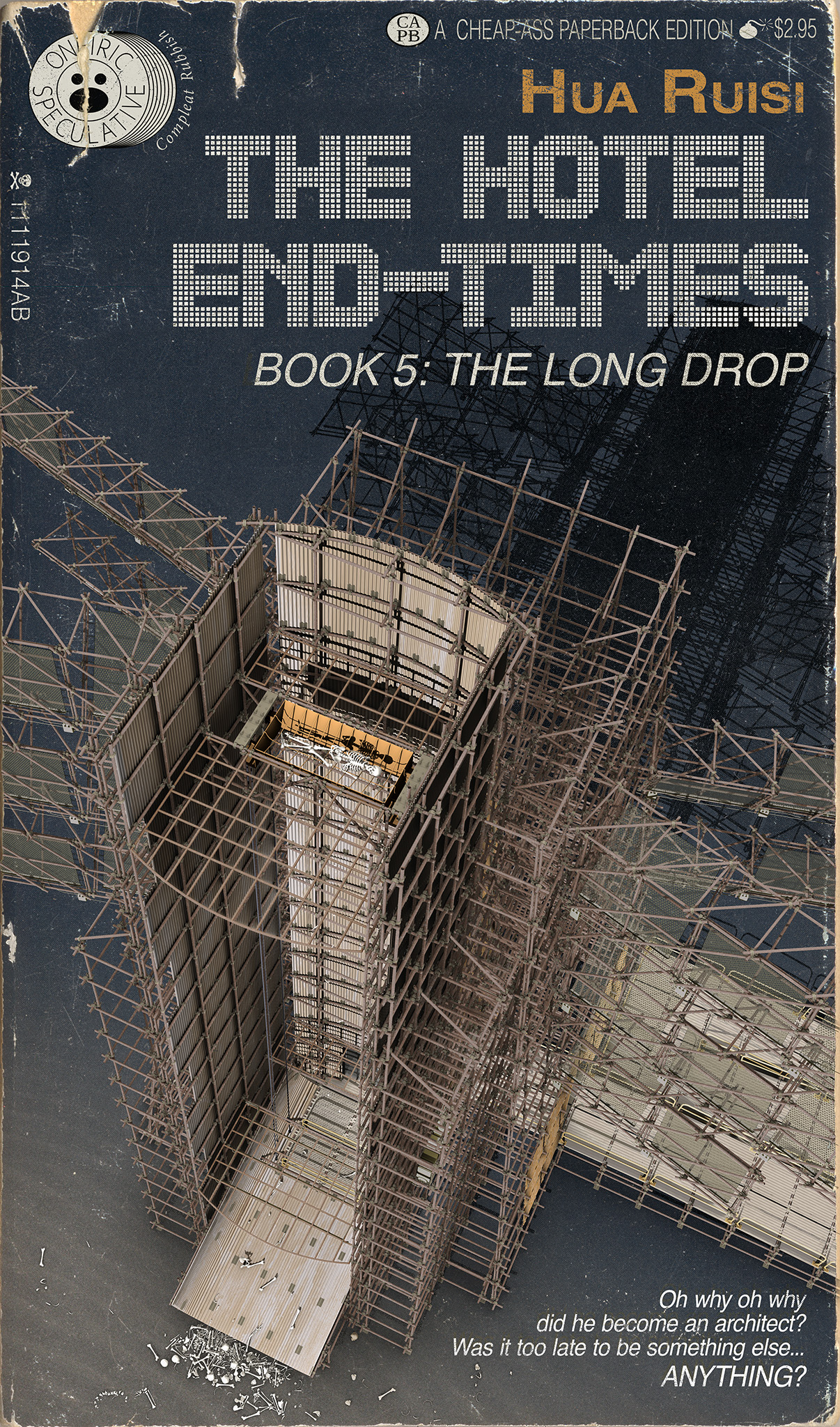
Funeral monuments, as a building type, seem to have fallen off the architect’s project menu at some point in the last century. Perhaps the issue lay in the commonplace assumption that monuments are for the living, not the dead that they presumably memorialize — and the individual tomb or monument is much too personal, with a regard to the deceased, to be a valid undertaking in current thinking. Architecture as “a machine for living in” and so forth.
Or is that strictly correct?
I spent much of 2018 preparing for an epic bit of traveling in Asia, reading up on the esoteric version of Buddhism practiced in the Himalayan Cultural Region. One of the cultural traditions that struck me was the practice of “sky burial” or jhatorr, a form of excarnation involving the disposal of corpses within a designated charnel ground (durtro) in the mountains for consumption by scavenging birds. I immediately remembered that many years before, when he was dying my grandfather and namesake had half-seriously, half-profanely suggested his survivors do exactly that with his body. The egrets and pond birds would make sure, after their fashion, that his remains were dispersed among the brackish waterways and sawgrass marshes that he had loved so much in life. Of course, we did no such thing (it would be patently illegal, among other issues), and he’s buried under the cast-iron eagle that marks the lonely family plot in a country cemetery.
Some further reading reminded me (I think I had noted this years before) that certain Native tribes in North America engaged in “air burials” or “tree burials”, similar funerary practices to the Tibetan, involving the suspension of remains high in a tree or upon purpose-built, temporary towers composed of rough timber staging.
Then there is the “Tower of Silence” (dahkma), a monumental masonry building type historically employed by the Zoroastrians of Greater Persia and currently by modern Parsis in India to encourage excarnation via a species of vulture. (Architect Mas Yendo would later share with me a 2015 Guardian article <link> that includes a photo and an architectural drawing of a Tower.)
Of course, these different peoples had distinct motivations for this sort of funerary procedure, and only the Towers of Silence could be construed as a monumental architectural design that facilitated excarnation: architecture as “a machine for the not living”, to invert the Corbusian mantra.
Why shouldn’t I work on this? As apparently solely a designer of speculative and oneiric architecture, the idea of a project grew on me, something that combined the concept of potentially-mobile air-burial staging and a Tower of Silence. I had a vision of a tower composed of standard pipe-and-clamp scaffolding, erected on the Piri Coast (I’ve always lived on the coast, somewhere), with wing-shaped “fog catchers” to capture enough water to wash what the birds miss out to sea.
Also, I’m growing old. The country, the world, my health — in 2024 it all seemed to be coming apart.
And: has it been worth it? My work, my career, my architecture…my life? Increasingly I find myself troubled (why?) by the notion that I will only merit one of those brief obituaries that note intellectual passions, kind nature, minor achievements, etc. — and that yet somehow end leaving the reader with an impression of someone whose great promise was completely unfulfilled.
There.
The visual idiom?
You know, my first career goal, when I was young and before I lost my way, was to write, to become an author of a particular type of novel. In the mid 70’s my mother would drag me around on her errands in the suburbs, and I would amuse myself during her shopping by perusing the cheap, gaudy SciFi paperbacks in the small rack near the drugstore cash register. Mom, can I please please have this one? Please? I’ve already read the first three…please? It’s the new one by Burnt Gently! [or Issac Anthuntre, or Wolfe Greenjeans, or whomever.]
The ultimate idea here was to simulate “old paperback covers” that describe the project as well as (but hopefully more cleverly than) standard architectural projections and writeups. And the “author”? Hua Ruisi 华锐思 is the Mandarin “version” of my name; study the language for any significant length of time and at some point your teacher will assign you a “Chinese name”. This one sounds vaguely like “Wah Lewis” when pronounced quickly with the correct tones.
Oh, if only I had stuck with becoming a writer!
The gallery below is composed of “work-in-progress” developmental imagery from this project.
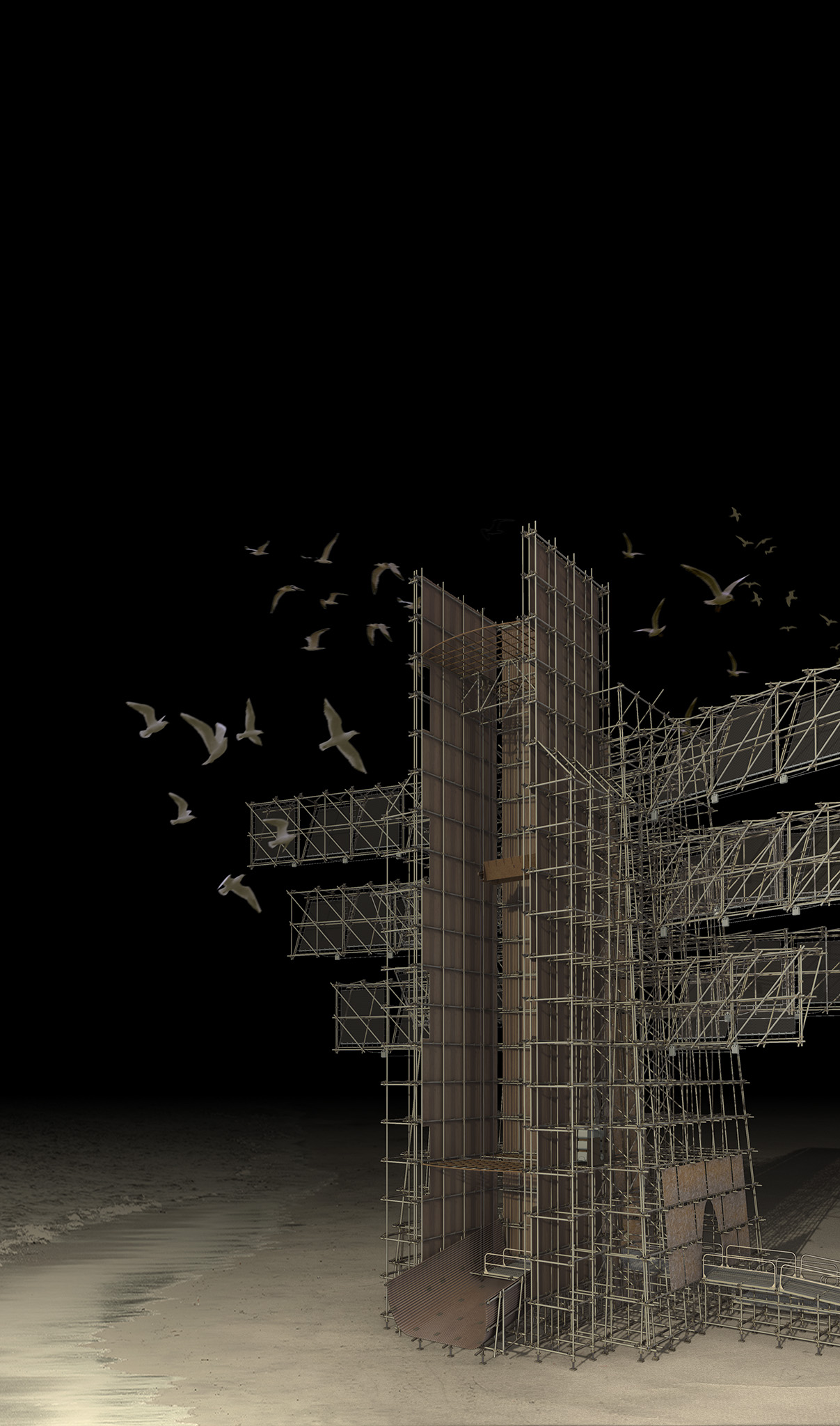
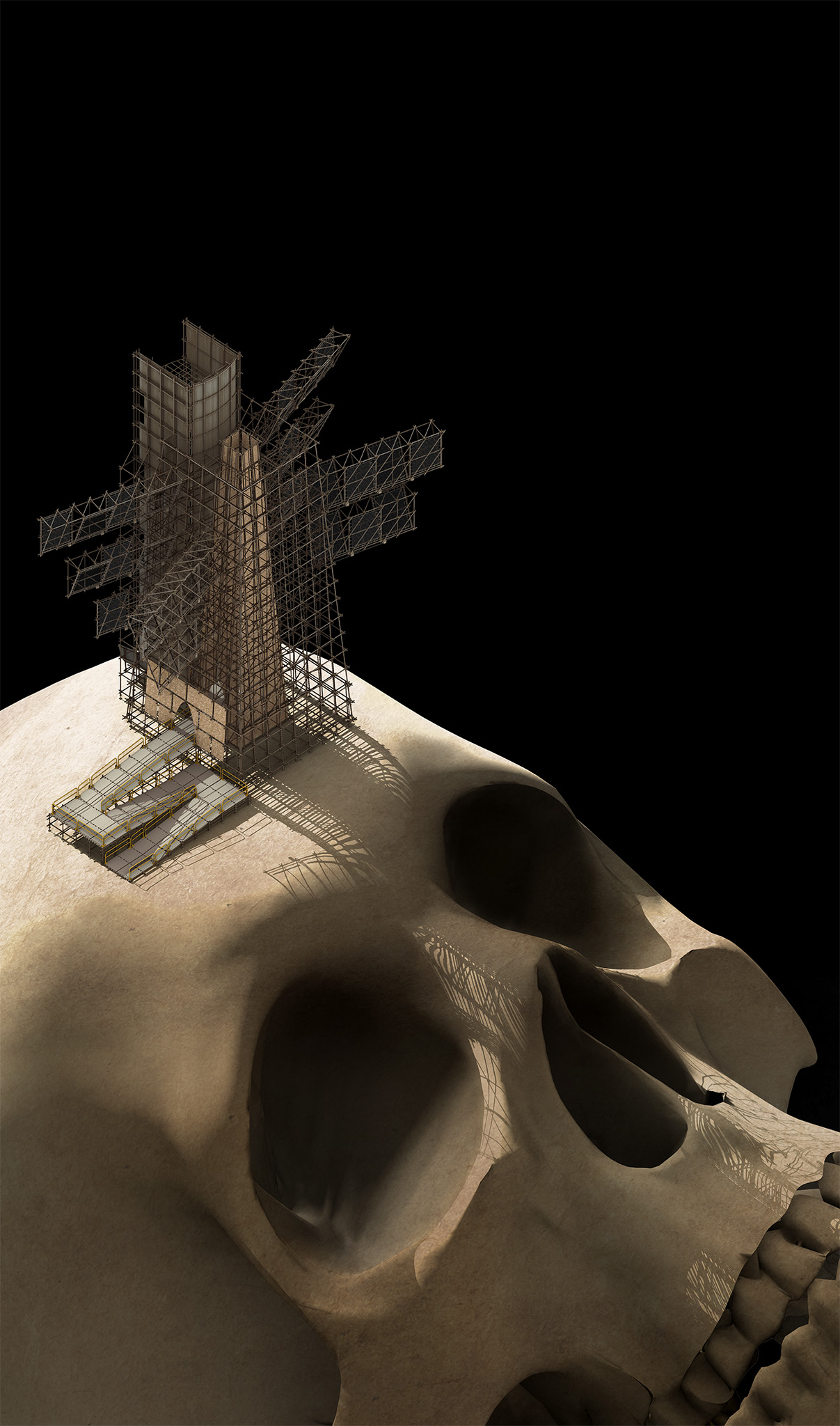
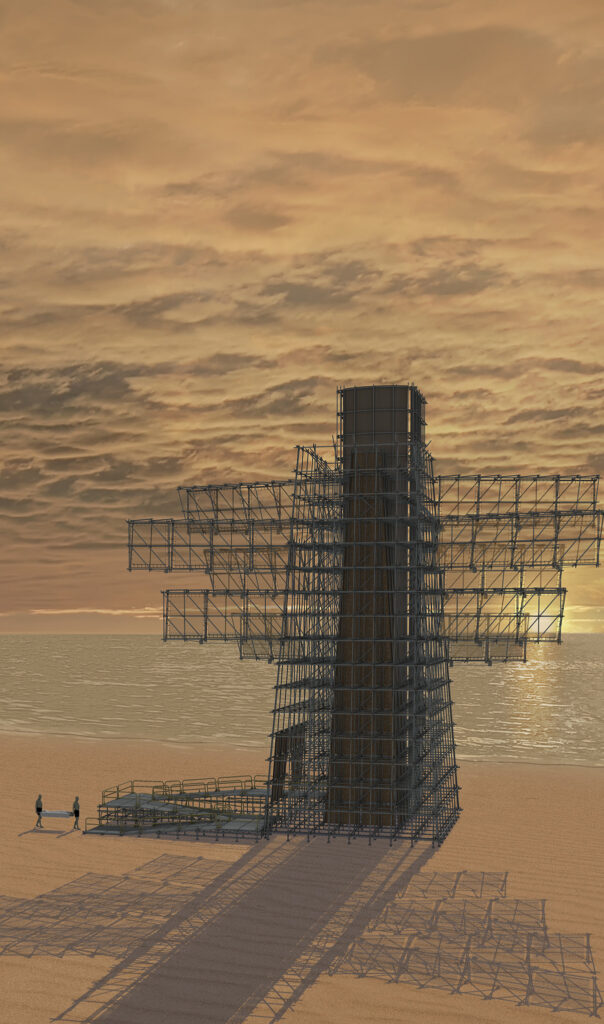
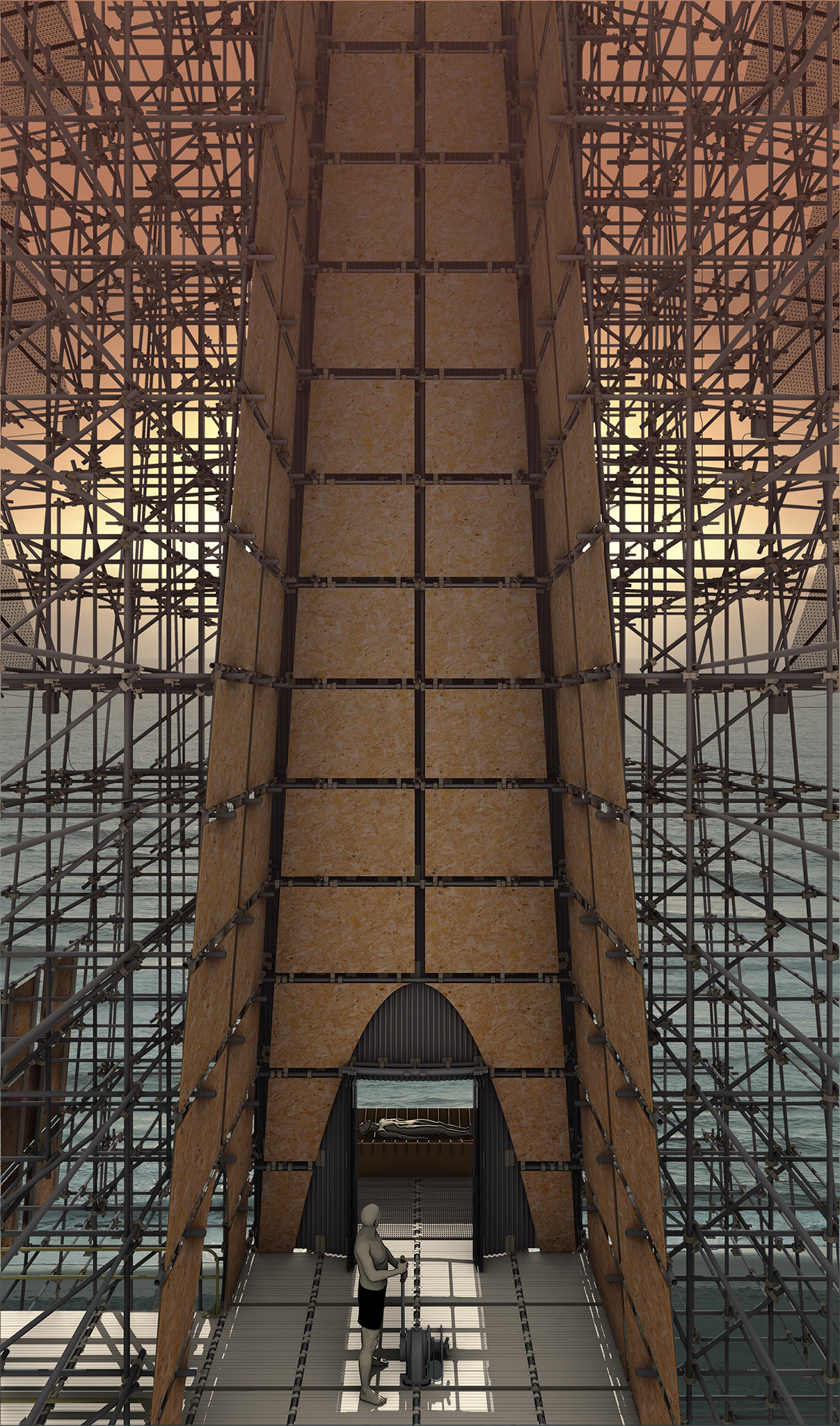
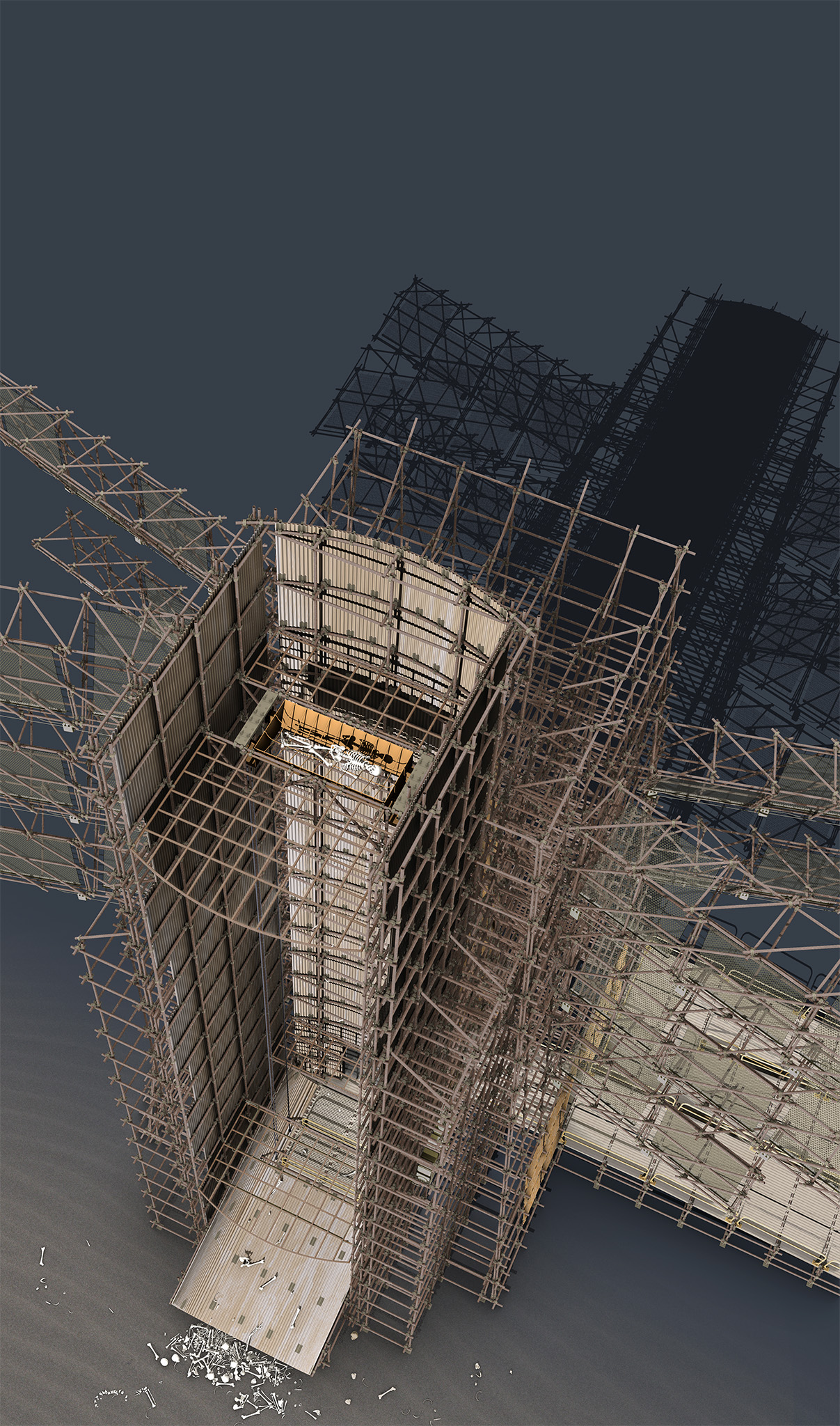
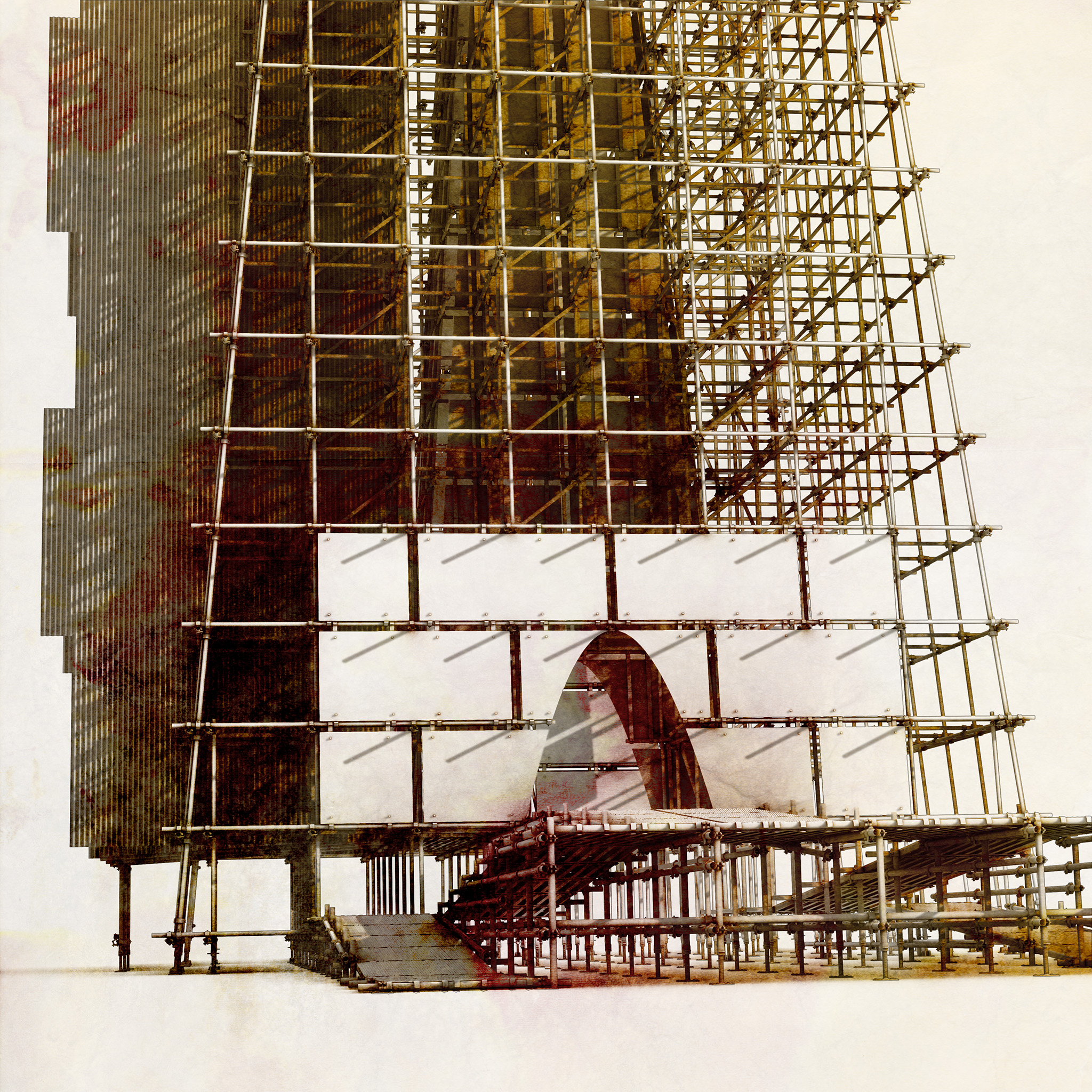
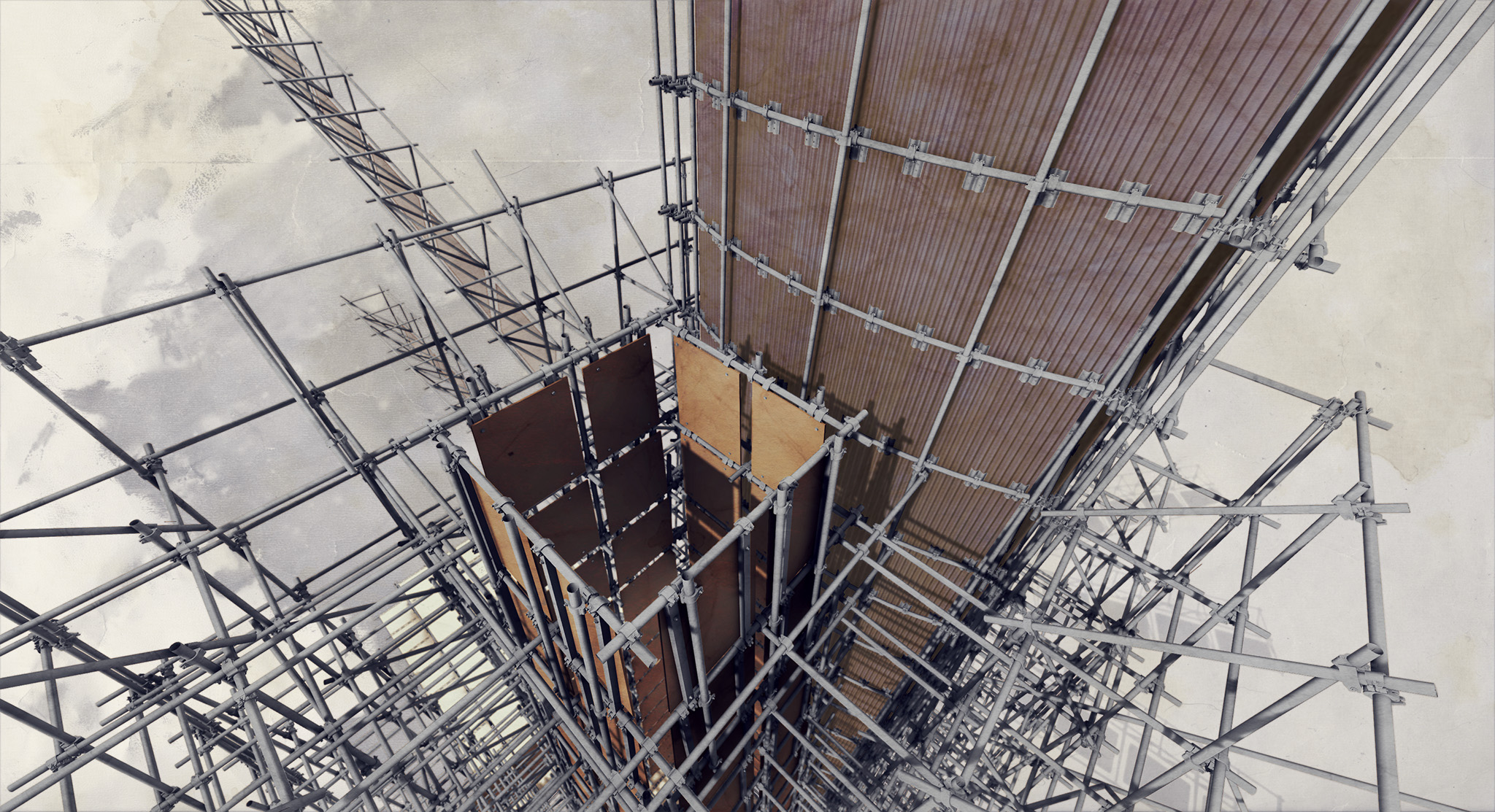
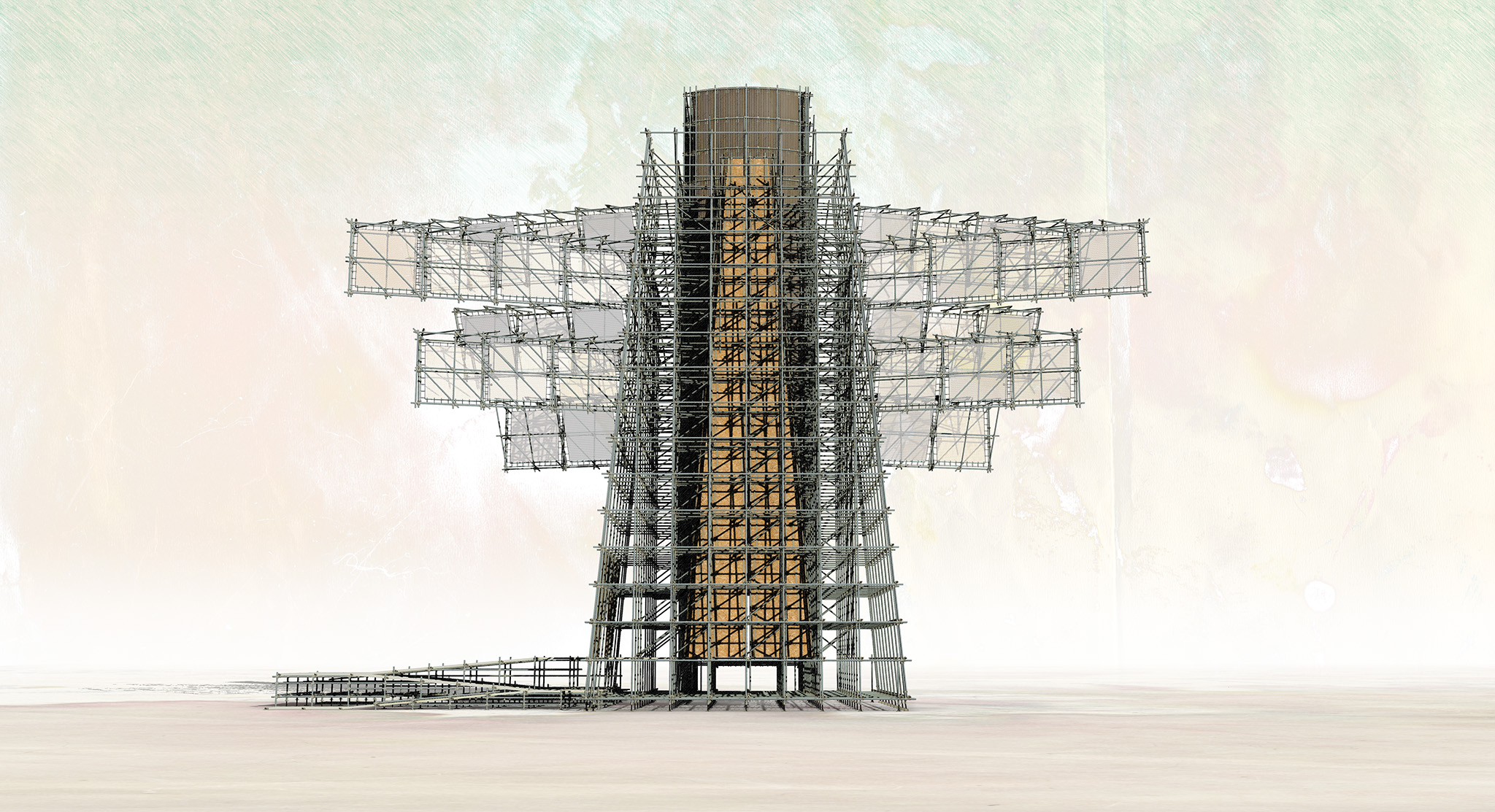
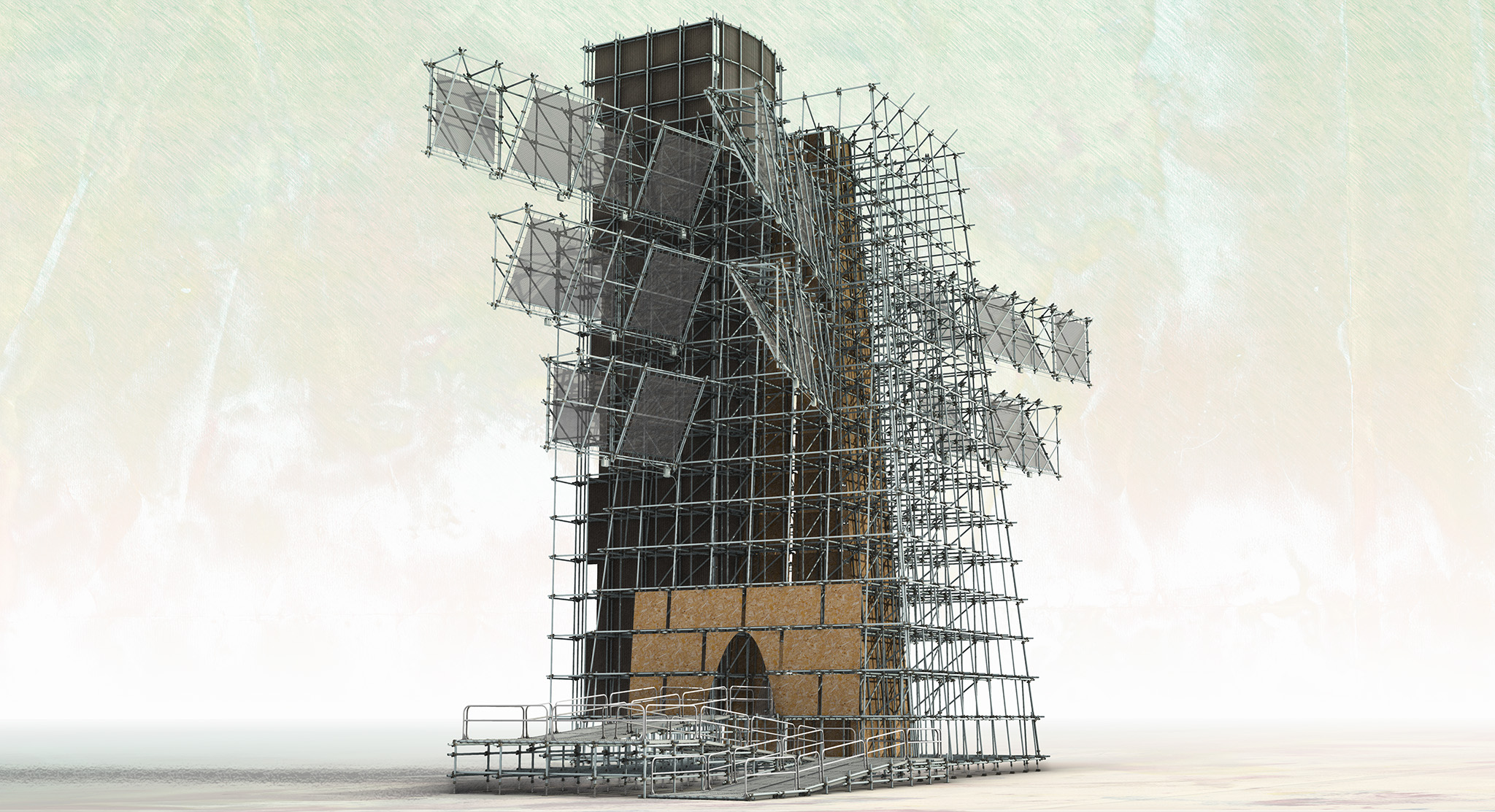
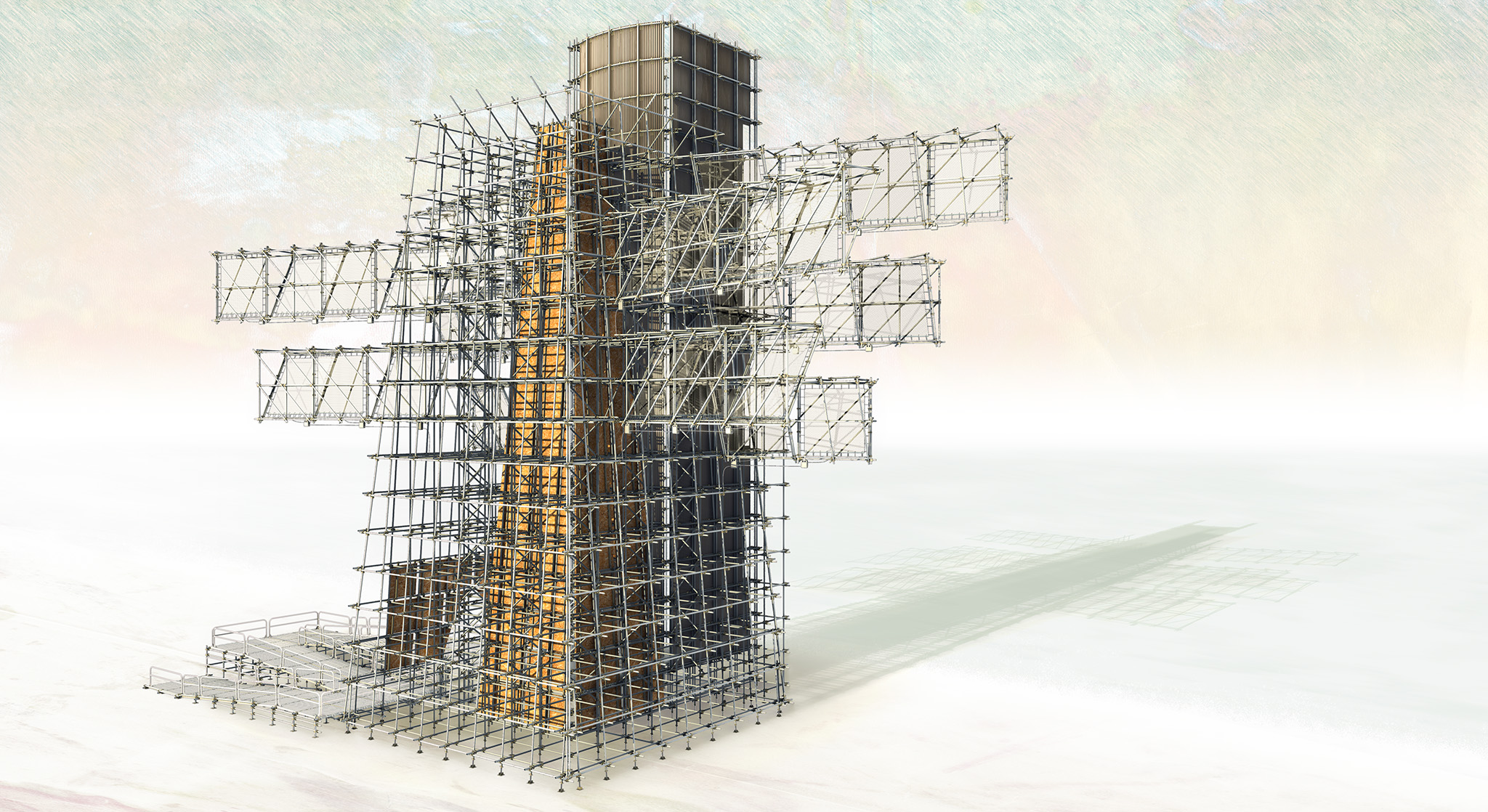
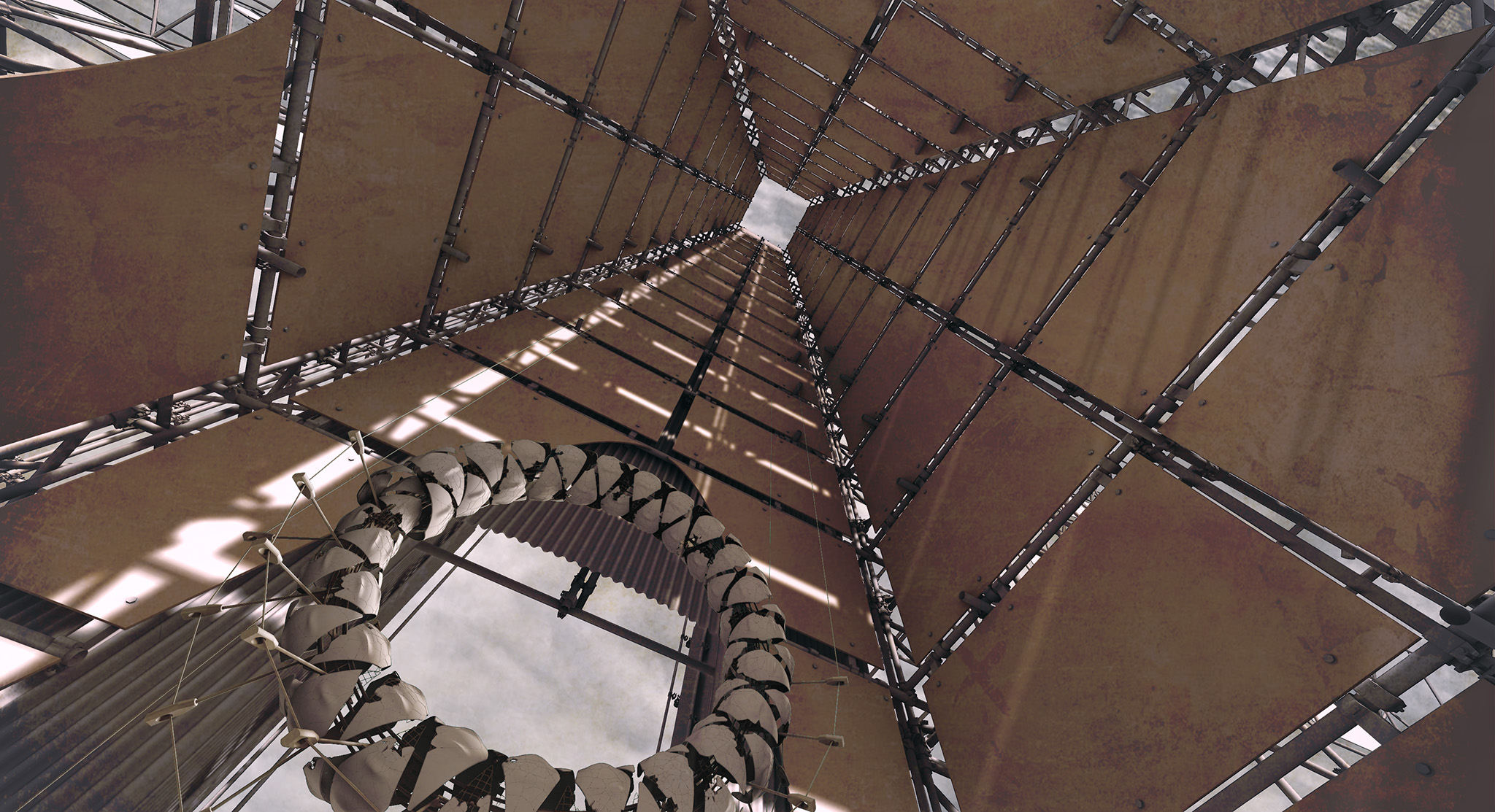
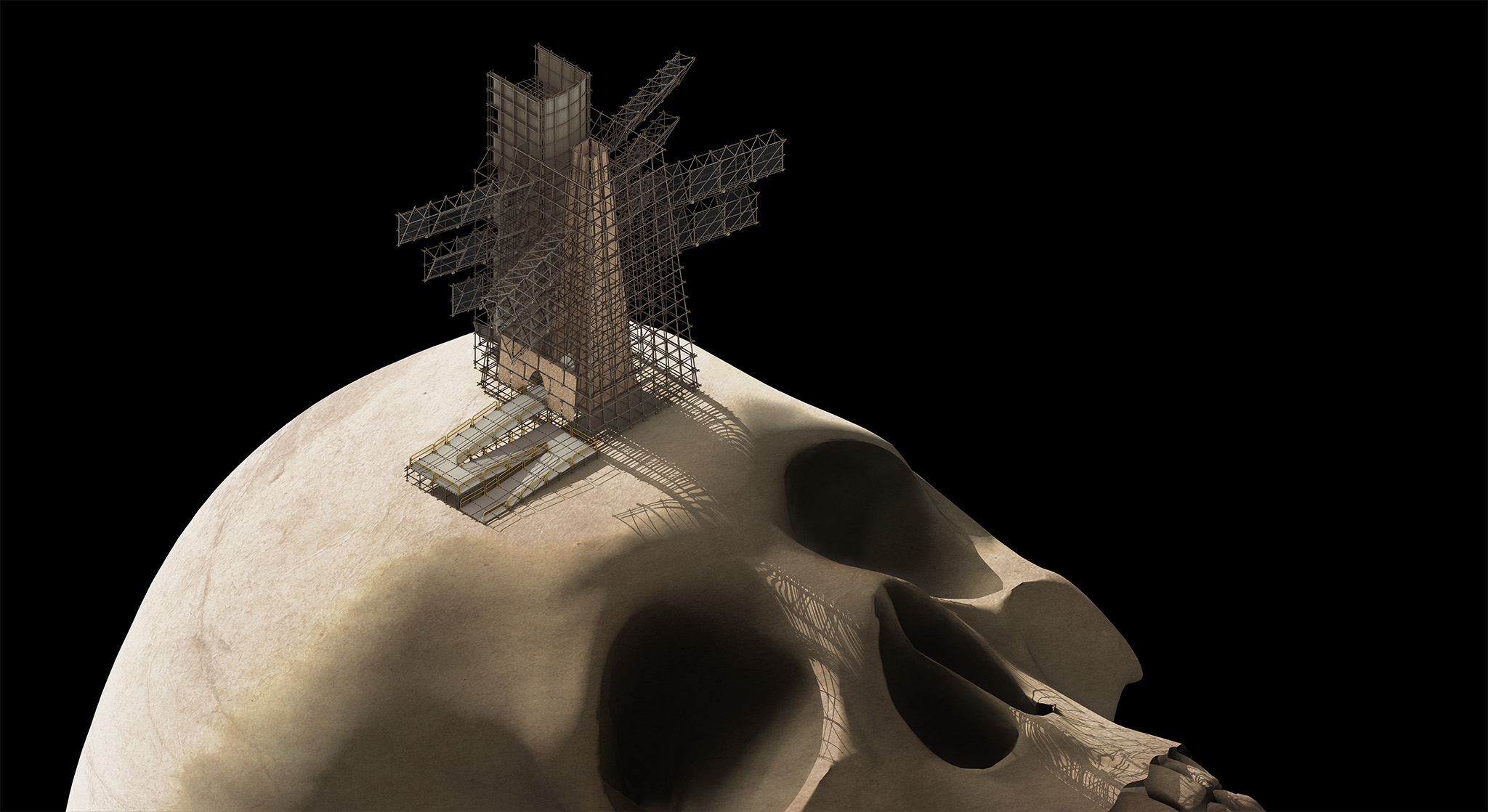
Leave a Reply